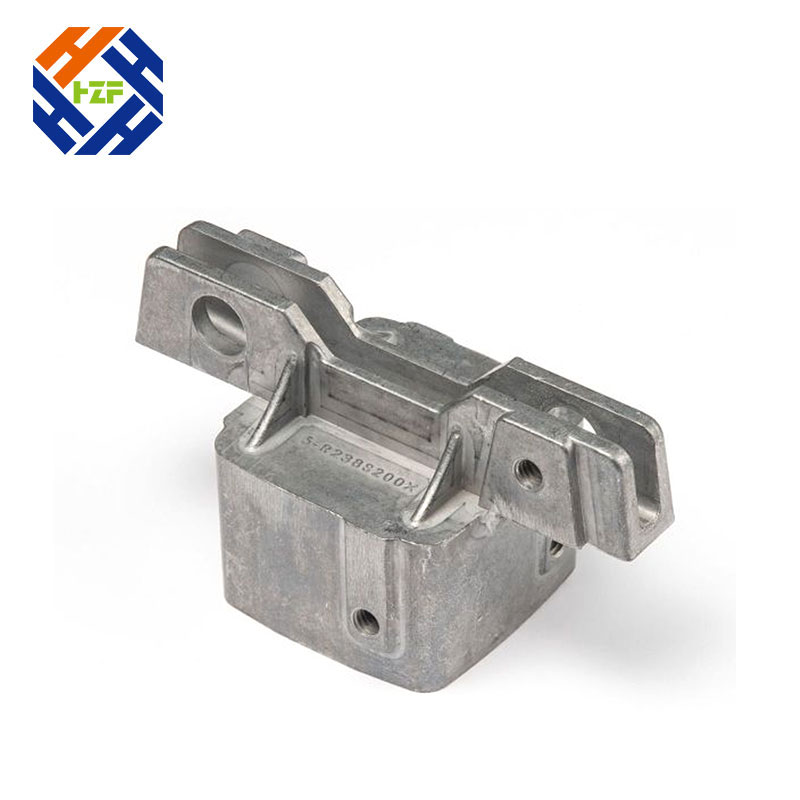Die Casting Parts: How Aluminum Die Casting Works
2024-04-23
Aluminum die casting is a versatile manufacturing process used to create precision parts with intricate designs. Here's a breakdown of how it works:

1. Tooling Design: The process starts with the design of the mold, also known as the die, which will shape the molten aluminum into the desired part. The die typically consists of two halves, the cavity, and the core, which come together to form the final shape of the part.
2. Melting: Aluminum ingots or recycled scrap are melted in a furnace at high temperatures, usually above 600°C (1112°F), until it becomes a liquid.
3. Injection: Once the molten aluminum reaches the desired temperature and consistency, it is injected into the die under high pressure using a hydraulic or mechanical press. The pressure helps ensure that the aluminum fills the entire cavity of the die and solidifies quickly.
4. Cooling and Solidification: As the molten aluminum fills the die cavity, it begins to cool and solidify, taking on the shape of the mold. The cooling process is crucial for maintaining the integrity of the part and preventing defects.
5. Ejection: After the aluminum has solidified and cooled sufficiently, the die halves are separated, and the newly formed part is ejected from the mold. Any excess material, known as flash, is trimmed off, leaving behind the finished part.
6. Finishing: Depending on the specific requirements of the part, additional finishing processes may be performed, such as machining, surface treatment (e.g., painting, powder coating, anodizing), or heat treatment to improve mechanical properties.
Aluminum die casting offers several advantages, including high dimensional accuracy, excellent surface finish, and the ability to produce complex geometries with tight tolerances. It is widely used in various industries, including automotive, aerospace, electronics, and consumer goods, for manufacturing components such as engine blocks, transmission housings, heat sinks, and electronic enclosures.


